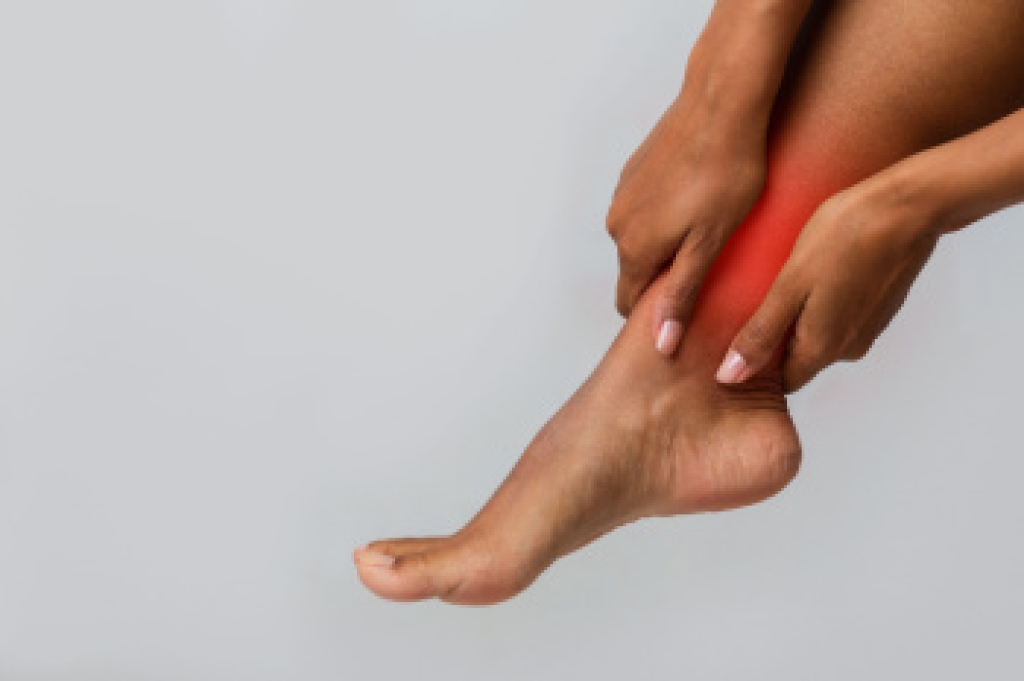
It can be surprising to feel ankle pain when you have not twisted, fallen, or had any clear accident. However, sudden discomfort can develop from issues that build quietly over time. Conditions such as tendon inflammation, gout, arthritis, or even nerve irritation can cause swelling and pain without a recent injury. Sometimes, repetitive motion or wearing unsupportive shoes places extra stress on the ankle joint and surrounding ligaments, leading to stiffness or tenderness. Ignoring these early signs can allow the problem to worsen, making walking or standing uncomfortable. A podiatrist can perform a detailed evaluation to identify the true cause of the pain and recommend treatment, such as rest, supportive footwear, targeted exercises, or medication to reduce inflammation. If ankle pain appears suddenly or persists without explanation, it is suggested that you schedule a podiatric visit for a diagnosis and appropriate care.
Ankle pain can be caused by a number of problems and may be potentially serious. If you have ankle pain, consult with one of our podiatrists from Suncoast Podiatry Associates. Our doctors will assess your condition and provide you with quality foot and ankle treatment.
Ankle pain is any condition that causes pain in the ankle. Due to the fact that the ankle consists of tendons, muscles, bones, and ligaments, ankle pain can come from a number of different conditions.
Causes
The most common causes of ankle pain include:
- Types of arthritis (rheumatoid, osteoarthritis, and gout)
- Ankle sprains
- Broken ankles
- Achilles tendonitis
- Achilles tendon rupture
- Stress fractures
- Bursitis
- Tarsal tunnel syndrome
- Plantar fasciitis
Symptoms
Symptoms of ankle injury vary based upon the condition. Pain may include general pain and discomfort, swelling, aching, redness, bruising, burning or stabbing sensations, and/or loss of sensation.
Diagnosis
Due to the wide variety of potential causes of ankle pain, podiatrists will utilize a number of different methods to properly diagnose ankle pain. This can include asking for personal and family medical histories and of any recent injuries. Further diagnosis may include sensation tests, a physical examination, and potentially x-rays or other imaging tests.
Treatment
Just as the range of causes varies widely, so do treatments. Some more common treatments are rest, ice packs, keeping pressure off the foot, orthotics and braces, medication for inflammation and pain, and surgery.
If you have any questions please feel free to contact our office located in Ocala, FL . We offer the newest diagnostic tools and technology to treat your foot and ankle needs.